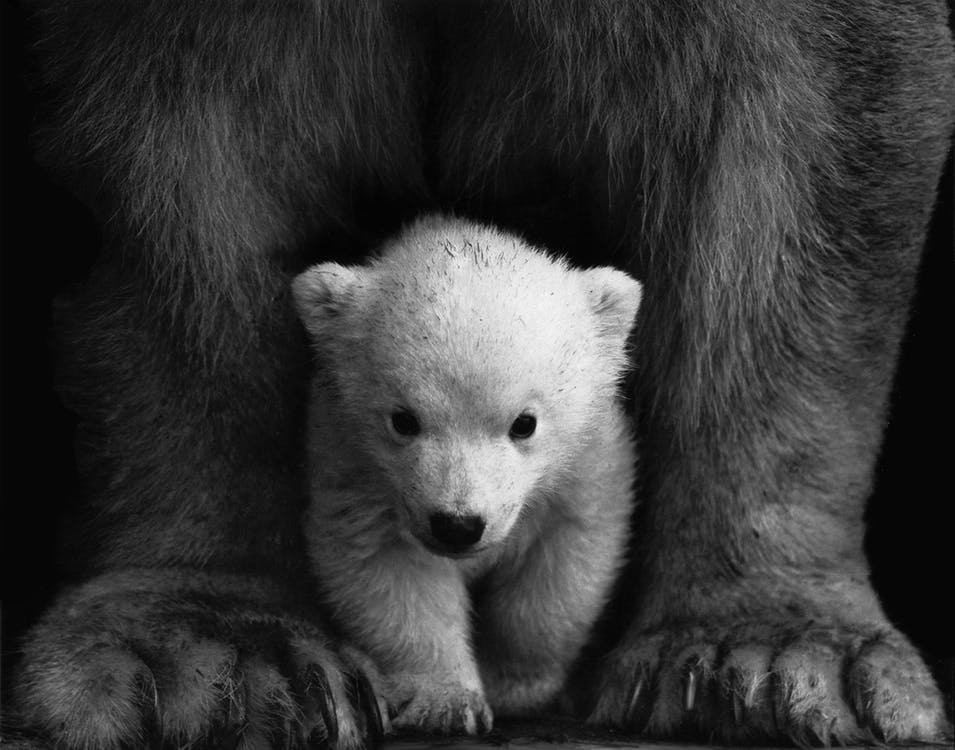Living abroad has opened my eyes in so many ways and has made me aware of global issues that I had been completely blind to in the past. It can be easy to completely miss certain issues with a media that tends to feed us what they want us to see and hear. It takes individual research to uncover real issues and access unbiased information. Luckily, though, we live in the information age where all of these resources are right at our fingertips. However, if we don’t even know what to look for, how do we even begin?
Several months ago I moved to China, and while looking for animal rights organizations to get involved with, I discovered Animals Asia. They are involved in various projects and causes, with the major one being working to get bear bile farming banned in Asia. Having never heard of bear bile farming before, I began to dive into this issue a bit deeper to answer the many questions I had.
Why is bear bile used?
The bile of bears has been used in traditional Asian medicine for thousands of years. China was the first country to adopt its use in traditional medicine products, with Korea, Japan, and Vietnam to later follow. The bile contains high levels of ursodeoxycholic acid (UDCA), more than any other mammal, which has been used to treat a range of illnesses, such as gallstones, liver disease, heart problems, and eye irritation. The bear gallbladder may be extracted and sold in whole pieces, in shavings, or in powder form, which is put into capsules or, in some cases, applied topically. Once bear farming began in the 1980’s there began to be a surplus of bile which was then used in other products such as ointments, tinctures, and eye drops.
Studies have been done in recent years looking for a natural source for UDCA and have found the chemical components of these natural sources to be comparable or better than bear bile. Most traditional medicine practitioners now agree that the use of bear bile today is cruel and unnecessary.
When did the use of bear bile begin?
Bear bile has been used in traditional Chinese medicine for thousands of years. Its use was first recorded in the Xinxiu Bencao in 659 A.D, the first official pharmacopeia in China. It later spread to South Korea, Vietnam, Laos, and Japan. With the globalization of traditional Chinese medicine, the demand for bear bile increased and vials of the solution or pills have been seen at Asian apothecaries around the world.

How is the bile extracted?
Traditionally, the bears were hunted in the wild and their gallbladders extracted. With modernization and an increase in demand, bear farms were introduced in the 1980’s. There are several different techniques for extracting the bile. One technique uses a catheter which is inserted directly into the gallbladder, allowing the fluid to drain or be suctioned out. In more recent years, a more “humane” method has been introduced which does away with the need for catheters. In this free-dripping method, a permanent hole is carved in the bear’s abdomen and gallbladder, allowing the bile to drain out freely. This process however has proved even more dangerous to the animal. It results in high infection and mortality rates.
What is being done to end this practice?
The active substance in bile is ursodeoxycholic acid (UDCA), which has been available in a synthetic form for several decades. These replacements are already being prescribed and used in China, Japan, and South Korea. With these replacements on the market, legislation has been changed to end the cruel practice of bear farming.
Asiatic black bears, those most commonly used in farms, are on the class II protection list of China’s Wildlife Protection Law enacted in 1989 which forbids the trade of these endangered animals, however it still allowed for bear farms. In 2005, the Food and Drug Administration of the Chinese government stipulated that bear bile powder usage had to be limited to only Chinese medicine products. This was an important step in the right direction, but still with ways to go.
Non-governmental organizations (NGOs) and media coverage have been instrumental in stepping in to make changes by convincing the government to change their legislation and to ban and condemn this practice. Organizations like Free the Bears and Animals Asia have played a huge role in the strides made to protect bears. They have worked to change policy, close down bear farms and open sanctuaries to house and rehabilitate the rescued bears. A recent victory by Animals Asia was an agreement signed by the Vietnam Administration of Forestry last year which agrees to end bear bile prescription among traditional medicine practitioners.
There are eight different species of bears, all of which are on the endangered species list. Changing legislation towards the usage of bear bile, closing the farms, and focusing on alternatives are the only ways that we can ensure a future for these wonderful creatures.
You can make a donation to Animals Asia to help them in their work of protecting animals.
__
Also by Kathryn: These 5 Women’s Healthcare Apps Make Getting Treatment *Way* Easier
Related: What Every Animal Lover Must Know About Dog Food–& Best Way To Feed Your Pup
3 Keystone Species We Can’t Live Without—Here’s How You Can Help Save Them
Get more like this—Subscribe to our daily inspirational newsletter for exclusive content!
__
Photo: Animals Asia via Flickr, Pexels

